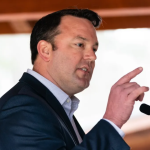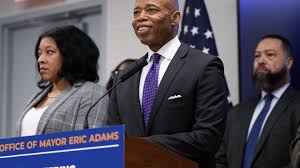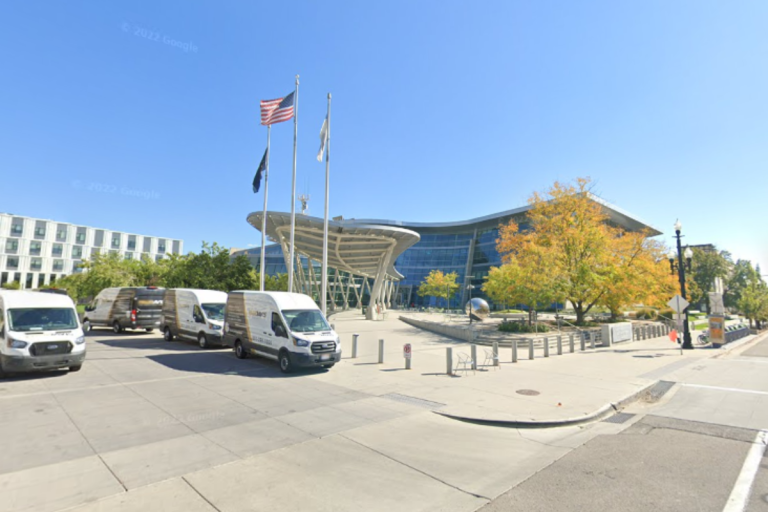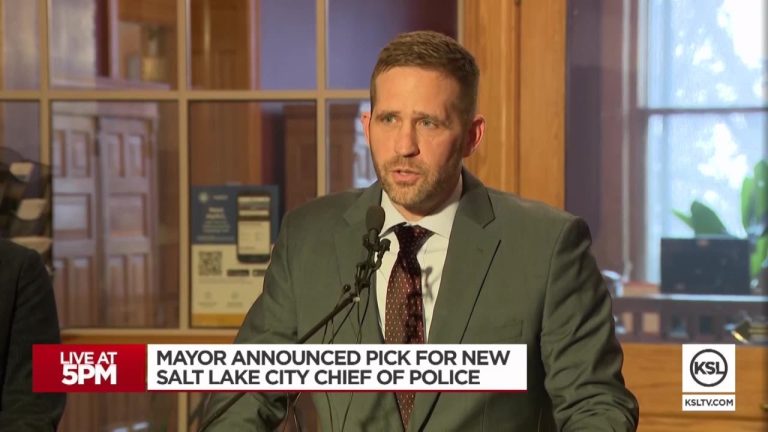On February 20, 2025, Governor Kathy Hochul announced her decision to implement measures to limit the powers of New York City Mayor Eric Adams. While Hochul stated that she would not pursue removal proceedings against Adams amidst his ongoing federal corruption case, she introduced several “guardrails” to ensure that the city’s leadership operates in the best interests of its citizens. Hochul’s announcement follows a wave of resignations at City Hall and increasing pressure as the mayor’s legal troubles continue to unfold.
Background of the Situation
The controversy surrounding Mayor Adams intensified as his federal bribery case gained momentum. Adams, who was elected to office as the 110th Mayor of New York City, has faced increasing scrutiny regarding his dealings with federal authorities, prompting significant political fallout. His case picked up new energy after the Justice Department’s acting Deputy Attorney General Emil Bove ordered prosecutors to drop the charges. This sudden move, along with a high-profile resignation by interim U.S. attorney for the Southern District, Danielle Sassoon, led to accusations that Adams’ attorneys were attempting to cooperate with federal immigration enforcement in exchange for the dismissal of the charges.
Despite the turmoil, Governor Hochul emphasized that the will of the people of New York City, who had democratically elected Adams, should not be dismissed. She publicly stated that she would not proceed with efforts to remove him from office, reinforcing the sanctity of elections and voters’ rights. “I cannot deny the people of this great city the power to make this decision for themselves,” Hochul remarked during her announcement.
However, Hochul also expressed concern about potential interference from the federal government, specifically referencing the Trump administration’s aggressive stance against New York City. She argued that the federal government was using Adams’ legal challenges as a means to exercise control over the city. In response, Hochul proposed a set of measures designed to safeguard the interests of New Yorkers, especially if federal pressures or actions threatened the city’s well-being.
The Governor’s Proposed “Guardrails”
The first measure proposed by Hochul involves creating a special inspector general for New York City affairs within the Office of the State Inspector General. This special inspector would receive direct information from the New York City Department of Investigation (DOI) regarding any ongoing corruption investigations. Furthermore, this inspector general would have the power to direct the DOI to initiate investigations within New York City government. This proposal aims to ensure that investigations remain free from political influence, particularly those potentially influenced by Mayor Adams’ office.
Another critical provision of Hochul’s proposal centers around the control of legal actions involving the federal government. The governor is seeking to grant independent authority to the New York City comptroller, the public advocate, and the New York City Council speaker to initiate litigation against the federal government using outside counsel. While the city’s law department would still have the opportunity to act within seven days of any such request, the intention is to reduce the potential for City Hall to control all legal proceedings, particularly those in which the people of New York might be under attack by the federal government. Hochul’s plan is designed to create a more independent line of defense for the city against federal intervention.
Lastly, Hochul proposed an increase in funding for the Office of the State Deputy Comptroller, thereby expanding oversight of the city’s finances. This measure would provide more transparency and accountability in the financial dealings of New York City, particularly when it comes to any decisions made in relation to the federal government. Hochul explained that this heightened oversight would offer a “line of sight” into potential financial decisions and ensure that city resources are being used appropriately.
These proposed actions would be set to expire at the end of 2025 but could be renewed if necessary. Hochul assured that she had consulted with key leaders in the New York City Council and New York State Assembly about the proposals, including the majority leader of the New York State Senate, before moving forward.
Mayor Adams’ Response
In response to Governor Hochul’s proposal to limit his authority, Mayor Adams acknowledged that while he disagreed with the necessity of such measures, he expressed a willingness to cooperate with the governor. Adams reiterated that he was elected by the people of New York City to represent them and uphold their values. “I was elected by the people of New York City and its working-class communities to uphold their values — and that is what our administration has done,” he said.
Adams further emphasized that there was no legal basis for the governor to impose restrictions on his office and that the proposal to limit his powers undermined the authority granted to him by the people. Nevertheless, he assured the governor that, as they had done in the past, he and his administration would work collaboratively to ensure the trust of New Yorkers in their government. “While there is no legal basis for limiting New Yorkers’ power by limiting the authority of my office, I have told the governor, as we have done in the past, that I am willing to work with her to ensure faith in our government is strong,” Adams stated.
The Political Backdrop and Challenges Ahead
Hochul’s proposals to limit Mayor Adams’ powers come at a time of intense political maneuvering in New York City. The backdrop of Adams’ federal corruption case has ignited a fierce debate over the power dynamics within the city and the state. While the mayor has consistently defended his actions and the work of his administration, Hochul’s introduction of guardrails suggests a growing concern over the potential for political interference and corruption within City Hall.
The controversy surrounding Adams also serves to amplify the long-standing tension between local city leadership and the federal government. With the Trump administration’s influence still looming large in certain sectors, the balance of power between local and federal authorities is at the forefront of the political conversation. The proposed actions from Hochul reflect a heightened need for safeguards to protect New York City from potential external pressures.
Conclusion
The ongoing struggle between Governor Kathy Hochul and Mayor Eric Adams will likely shape the political landscape of New York City for the foreseeable future. Hochul’s proposed measures to limit Adams’ powers are seen as a means of protecting the interests of New Yorkers, particularly in light of the ongoing federal investigation into the mayor’s activities. While Adams remains determined to maintain the trust of the city’s voters, the situation highlights the delicate balance of power in a city at the crossroads of political and legal uncertainty. As the story unfolds, it will be crucial to see whether the proposed guardrails succeed in maintaining the integrity of New York City government or if they will further fuel the ongoing power struggle between state and city leadership.
Disclaimer – Our editorial team has thoroughly fact-checked this article to ensure its accuracy and eliminate any potential misinformation. We are dedicated to upholding the highest standards of integrity in our content.

























+ There are no comments
Add yours